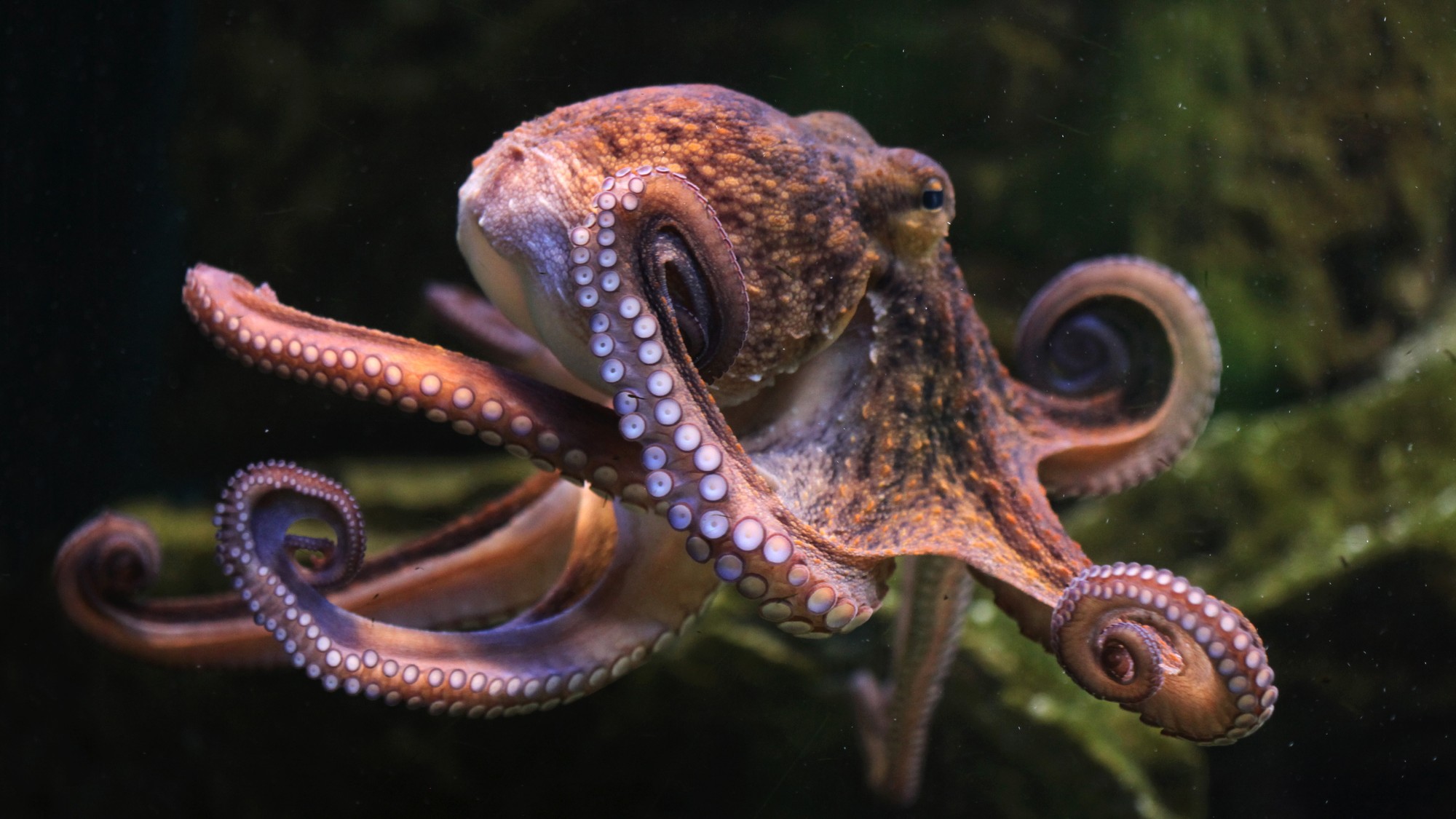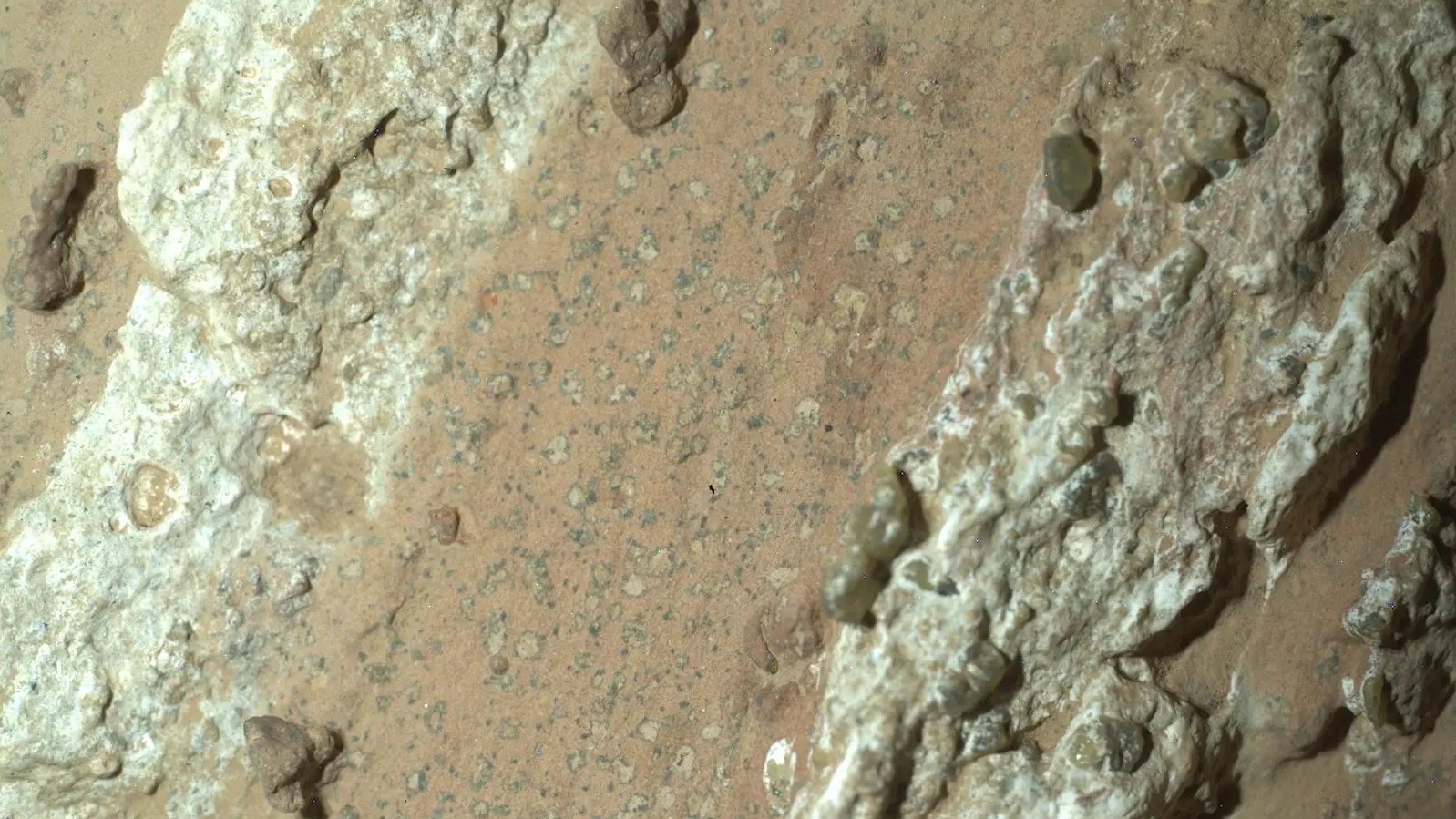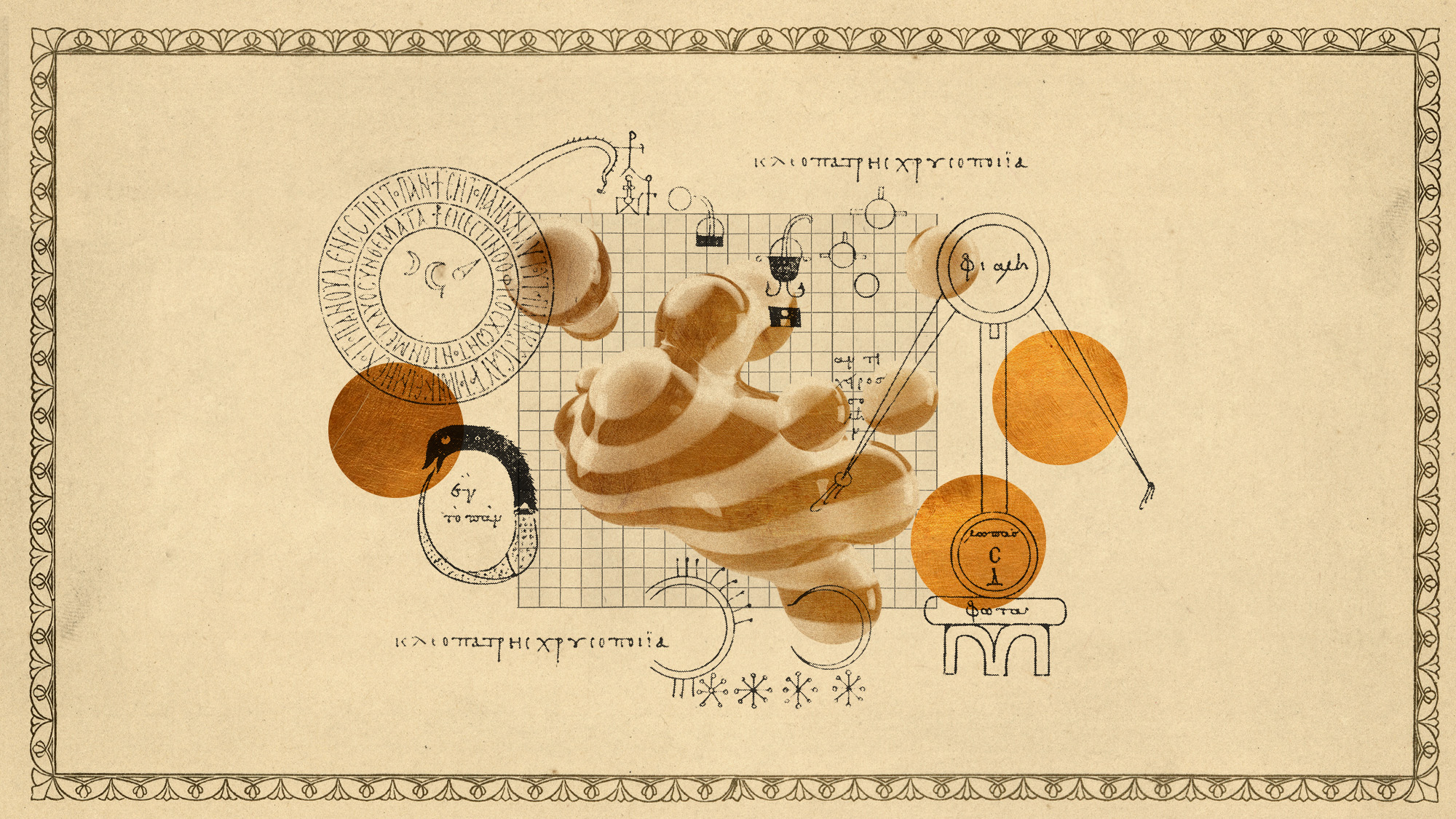Newly discovered animal species in the last year
It's a whole new world


So many places on Earth still remain a mystery to us, even after all this time — but researchers are often discovering new species. Better access to genetic testing, as well as technological advances that allow us to explore deep in the ocean or remote parts of the world, have made finding previously unknown species a whole lot easier. Here are some of the most exciting species discovered in the past year.
Banded dragonfish
Scientists have discovered a new species of Antarctic dragonfish called a banded dragonfish (Akarotaxis gouldae) and published their findings in the journal Zootaxa. The fish was originally (and mistakenly) thought to be of a species that is closely related, but had already been discovered. "There are two distinct bands on the sides of adult Akarotaxis gouldae that are not present on Akarotaxis nudiceps, so we were surprised that the species already existed in collections but had been previously overlooked," Andrew Corso, the lead author of the study, said in a release. "In the world of fish taxonomy, it's becoming common to distinguish species with genetics alone."
The species of fish lives deep in the Antarctic Ocean, making it difficult to find. Varieties of dragonfish are also largely isolated. "We hypothesize that a population of dragonfish may have become isolated within deep trenches under glaciers, surviving on food pushed in by the moving ice," said Corso. "Once the glaciers retreated, this subpopulation had become distinct enough to be reproductively incompatible with Akarotaxis nudiceps," creating a new species. The Akarotaxis gouldae exists in a smaller range than other, comparable species.
The Week
Escape your echo chamber. Get the facts behind the news, plus analysis from multiple perspectives.

Sign up for The Week's Free Newsletters
From our morning news briefing to a weekly Good News Newsletter, get the best of The Week delivered directly to your inbox.
From our morning news briefing to a weekly Good News Newsletter, get the best of The Week delivered directly to your inbox.
Soft-furred hedgehogs

Hylomys suillus is a soft-furred hedgehog of the same genus as the discovered species
Five new species of hedgehogs were identified in Southeast Asia, according to research published in the Zoological Journal of the Linnean Society. The animals are part of a group of hedgehogs called Hylomys, which are "small, long-nosed mammals and, while they are members of the same family as the more familiar hedgehog, are furry rather than spiny," said the BBC. Previously, there were only two known species of soft-furred hedgehogs — but with the new discovery, the total is up to seven. Two of the species were newly discovered, while three of them that were once thought to be subspecies were found to be distinct enough to be separate species.
"Their skulls are really cool — they're tiny, but they have these really sharp teeth," Melissa Hawkins, one of the lead researchers of the study, said to the BBC. One of the discovered species has particularly long fangs, so it was named Hylomys macarong, derived from the Vietnamese word for "vampire." The other discovered species was the Hylomys vorax. The three that were deemed to be separate species were the Hylomys dorsalis, Hylomys maxi and the Hylomys peguensis.
Mabu bush viper

A bush viper of the Atheris genus
Scientists discovered hundreds of new species in the South East Africa Montane Archipelago (SEAMA). One of them is the Mabu bush viper (Atheris mabuensis). The viper is the "sole representative of the genus from the SEAMA," and "diverged from its East Africa sister taxa approximately 15 million years ago," said a study published in the journal Scientific Reports. "The ecoregion is fragmented across small isolated pockets of rainforest, montane grasslands and shrublands, each with their own unique, but distantly related, plants and animals," said herpetologist Harith Farooq, a study co-author, in a statement.
"Endemic taxa include 127 plants, 45 vertebrates (amphibians, reptiles, birds, mammals) and 45 invertebrate species (butterflies, freshwater crabs), and two endemic genera of plants and reptiles," said the study. Scientists believe that the species found in the region are endemic and not present anywhere else on Earth. "There is so much more to discover, but many of these species may go extinct before we can record them," said Farooq.
A free daily email with the biggest news stories of the day – and the best features from TheWeek.com
Deep sea octopuses

Common octopus (Octopus vulgaris) in the ocean
Off the coast of Costa Rica, scientists found four new species of octopuses. "Finding four new species of octopuses on just two expeditions is exciting, revealing some of the rich biodiversity of the deep sea and hinting at how much more waits to be discovered," Jim Barry, a deep-sea ecologist at the Monterey Bay Aquarium Research Institute, said to Scientific American. One of the new octopuses is a new species of the genus Muusoctopus and will be called the Dorado Octopus.
"Of the four new Costa Rica species, only the Dorado octopus was observed brooding their eggs at hydrothermal springs," said a press release. "The discovery adds to evidence that the Muusoctopus genus has evolved to brood their eggs in warm springs on the seafloor." Two of the other discovered species are also of the genus Muusoctopus, while the fourth was different, but may be of the genus Graneledone.
Deep sea porter crab

Red rock crab (Plagusia chabrus) in ocean
A new species of crab called the Gordonopsis mazupo was discovered in the South China Sea, according to a study published in the journal Raffles Bulletin of Zoology. While similar to another species of crab, G. mazupo could "easily be distinguished by the proportions of the rostrum and pseudorostral spines, long ambulatory legs with a different armature and differently structured gonopods," said the study. The species was named after the "Chinese Goddess or Grandmother of the Sea, Mazu."
So far, only one crab of the new species has been found, and this is only the second known species of porter crab found in the South China Sea; it's also relatively larger than similar species of crabs. It is not yet clear whether the species is endangered or threatened.
Devika Rao has worked as a staff writer at The Week since 2022, covering science, the environment, climate and business. She previously worked as a policy associate for a nonprofit organization advocating for environmental action from a business perspective.
-
 US citizens are carrying passports amid ICE fears
US citizens are carrying passports amid ICE fearsThe Explainer ‘You do what you have to do to avoid problems,’ one person told The Guardian
-
 All roads to Ukraine-Russia peace run through Donetsk
All roads to Ukraine-Russia peace run through DonetskIN THE SPOTLIGHT Volodymyr Zelenskyy is floating a major concession on one of the thorniest issues in the complex negotiations between Ukraine and Russia
-
 Why is Trump killing off clean energy?
Why is Trump killing off clean energy?Today's Big Question The president halts offshore wind farm construction
-
 ‘The Big Crunch’: why science is divided over the future of the universe
‘The Big Crunch’: why science is divided over the future of the universeThe Explainer New study upends the prevailing theory about dark matter and says it is weakening
-
 Dinosaurs were thriving before asteroid, study finds
Dinosaurs were thriving before asteroid, study findsSpeed Read The dinosaurs would not have gone extinct if not for the asteroid
-
 The moon is rusting
The moon is rustingUnder the radar The Earth is likely to blame
-
 Africa could become the next frontier for space programs
Africa could become the next frontier for space programsThe Explainer China and the US are both working on space applications for Africa
-
 NASA reveals ‘clearest sign of life’ on Mars yet
NASA reveals ‘clearest sign of life’ on Mars yetSpeed Read The evidence came in the form of a rock sample collected on the planet
-
 Parthenogenesis: the miracle of 'virgin births' in the animal kingdom
Parthenogenesis: the miracle of 'virgin births' in the animal kingdomThe Explainer Asexual reproduction, in which females reproduce without males by cloning themselves, has been documented in multiple species
-
 Canyons under the Antarctic have deep impacts
Canyons under the Antarctic have deep impactsUnder the radar Submarine canyons could be affecting the climate more than previously thought
-
 Atoms into gold: alchemy's modern resurgence
Atoms into gold: alchemy's modern resurgenceUnder the radar The practice of alchemy has been attempted for thousands of years
